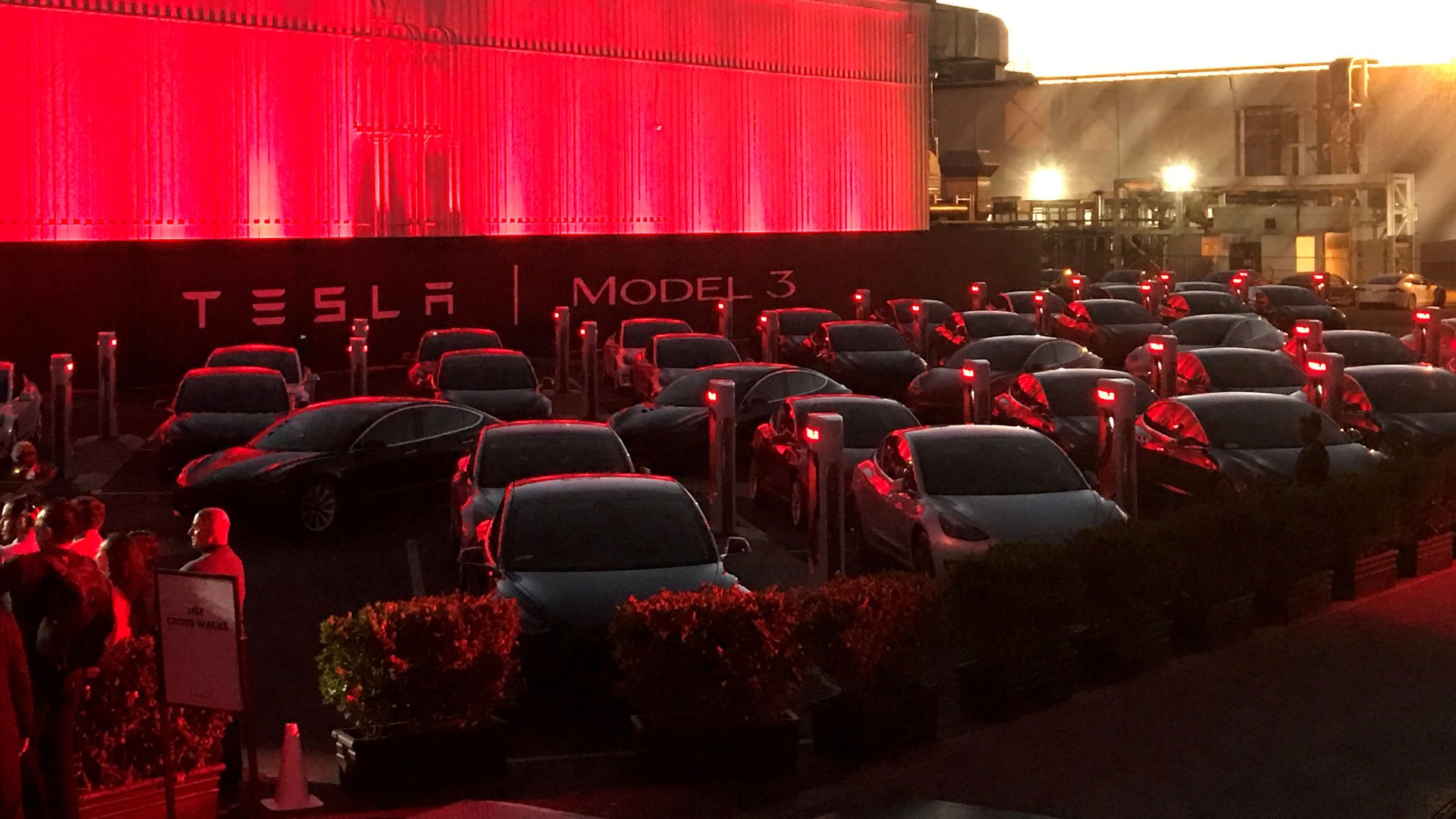Why every electric carmaker is scrambling for access to this element
Cobalt has been unwittingly used since ancient times to provide a blue tint everything from glass to jewelry. But it wasn’t until the 1730s that Swiss chemist George Brandt, convinced there was a hidden element at play, isolated cobalt as the culprit.


Cobalt has been unwittingly used since ancient times to provide a blue tint everything from glass to jewelry. But it wasn’t until the 1730s that Swiss chemist George Brandt, convinced there was a hidden element at play, isolated cobalt as the culprit.
Cobalt has since been found to have magnetic properties and a high resistance to heat and corrosion; it is useful in electroplating, the production of high-powered magnets, and in jet and gas turbine engines. (There’s also a radioactive version of the element, the synthetically produced cobalt-60.)
More than 50% of the world’s current production of cobalt goes towards making batteries. Though lithium gets all the press, at three grams per ampere (pdf), it is still a small portion of any battery’s actual weight and volume. Whereas cobalt is extensively used in the production of cathodes which can make up between 35-40% of the total material cost of any one battery (pdf). The element’s tight molecular structure means high energy density at less weight than materials like nickel or manganese, which is particularly useful in the portable electronics of today; all the non-lithium content of an iPhone’s battery is 100% cobalt.
And more and more of our technology will depend on cobalt; our clean future depends on the electric car, the electric car depends on batteries, and most batteries depend on the unique properties of cobalt. By 2030, experts say, autonomous electric vehicles could account for 95% of all US passenger miles.
But 60% of the world’s production of cobalt, mainly mined as a by-product in the production of nickel or copper, comes out of the unstable and war-torn Democratic Republic of Congo. Obtaining long-term, predictable supplies of the silver-blue element is proving more and more difficult. With countries like France, China, and the Netherlands promising a gas-free future, and Tesla ramping up the production of its market-defining Model 3, available sources for the material are only going to dwindle. Prices for the element have jumped more than 80% in recent years.
Something Volkswagen, the world’s biggest carmaker, is finding out firsthand.
In the wake of its diesel-emissions scandal, the German auto manufacturer promised a hard pivot towards zero-emissions electric vehicles, announcing that, across all its brands, it will produce 2-3 million of them annually by 2025. This shift will require at least a 200 GWh of battery-cell production by 2025; that means somewhere around 100,000 tons of cobalt.
As reported in the Financial Times (paywall), Volkswagen is looking for a deal to secure its own supply for all those cars. It issued a tender last month seeking a minimum of five years of supply at a fixed price—reportedly well below market prices—but no one has taken it up on its offer. And with its most recent debt offering, some have questioned whether Tesla can obtain ethical supplies of cobalt in the quantities it needs to go mass market (paywall).
If cobalt doesn’t work out for them, they could always give sulfur a try.